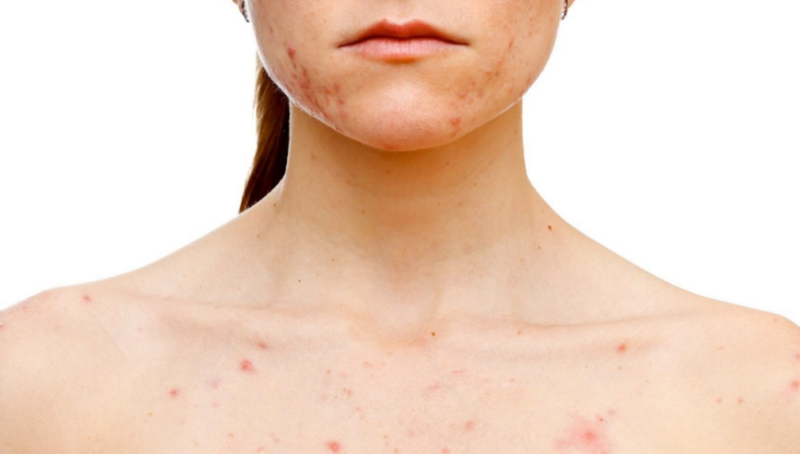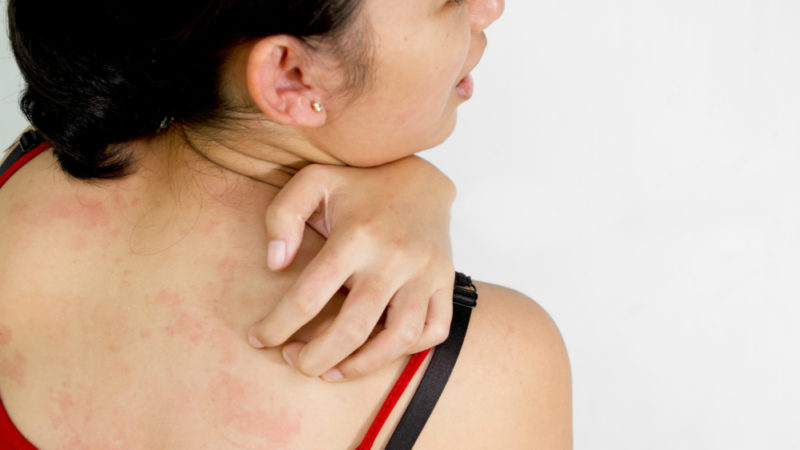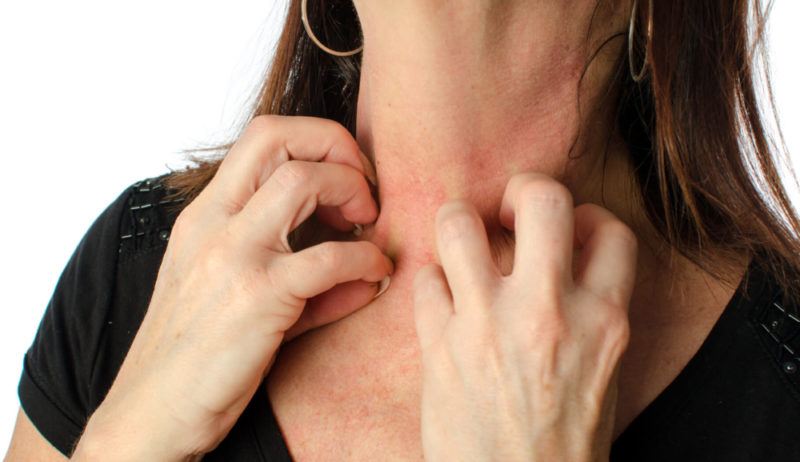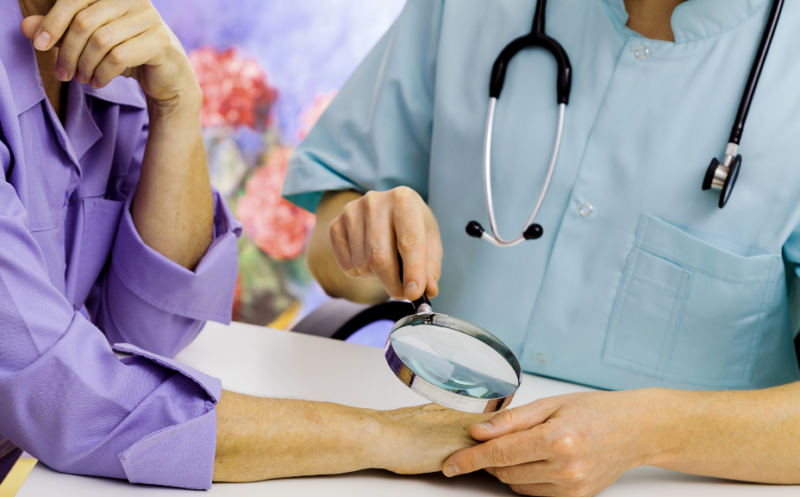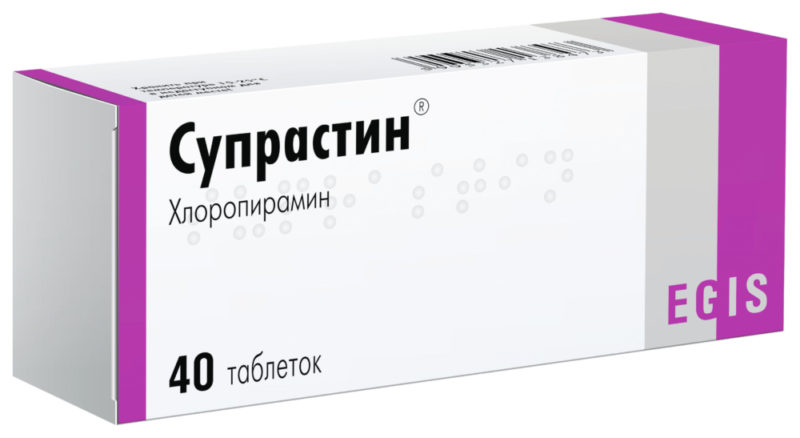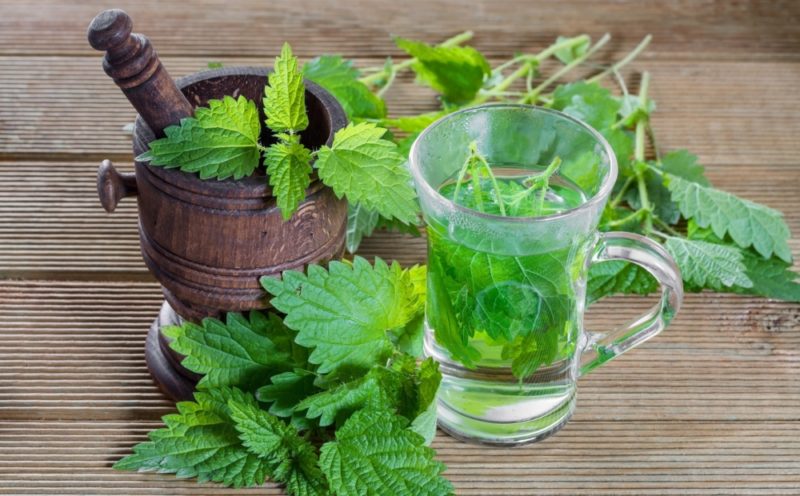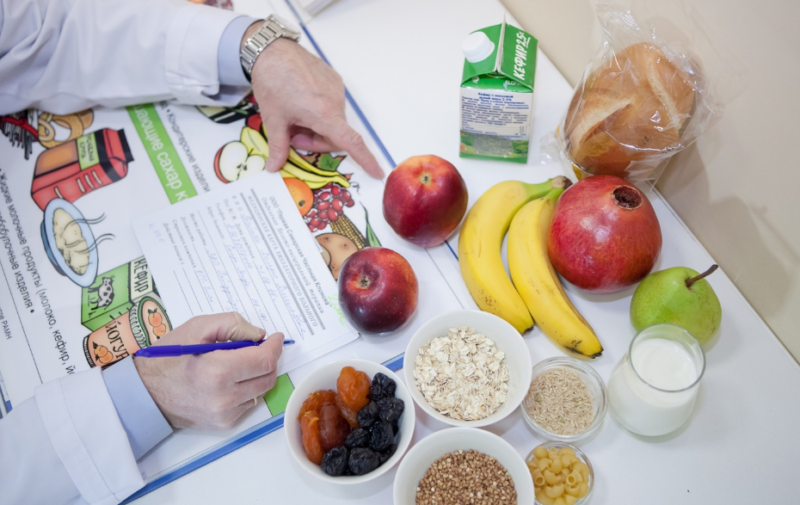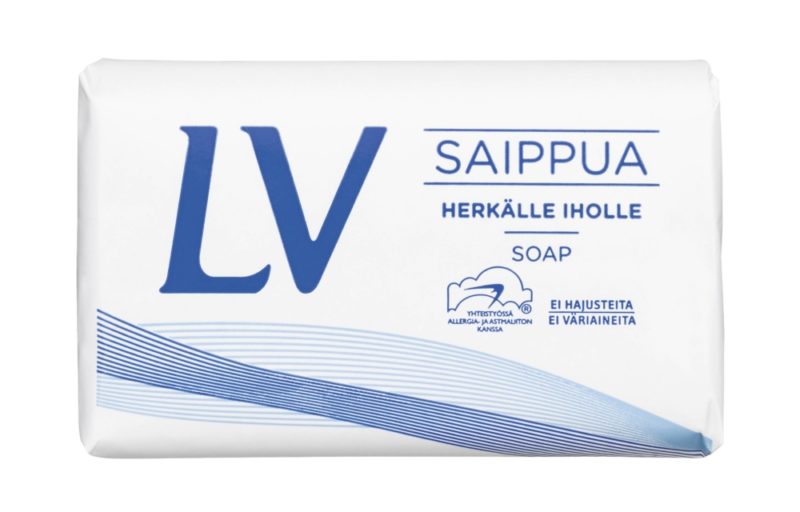Urticaria is a skin disease that is characterized by the appearance on the skin of characteristic formations of a reddish or whitish color, similar to nettle burns (where the name of this condition came from). Usually it is allergic in nature and occurs in the form of a reaction to some external effect, but there are other forms. We will talk in detail about the symptoms, diagnosis and treatment of urticaria in this article.
Material Content:
What is urticaria
Urticaria, or urticaria (from Latin urticaria) is a skin disease that belongs to the group of dermatitis, mainly of allergic origin. In modern medicine, urticaria refers to a whole group of different conditions that appear in the form of pink, whitish or red blisters, raised above the skin and causing severe itching.
It used to be that urticaria is an exclusively allergic disease, but today this point of view is considered obsolete, and doctors distinguish several forms of this pathology, which have various causes.
According to statistics, approximately 25% of people at least once in their life have encountered manifestations of urticaria. Usually this condition occurs in adulthood, although manifestations in children and adolescents are not so rare. The disease is more common in women.
Forms of the disease
Urticaria can be divided into acute and chronic.The difference between them is the duration of the disease: with acute urticaria, symptoms appear suddenly and last less than a month and a half. If swelling and redness with a certain frequency occurs in a period of more than six weeks, then we are talking about a chronic form of pathology.
Depending on the cause of exposure, urticaria may take the following forms:
- contact - with the interaction of the skin with a factor causing a rash (caustic sap of plants, a jellyfish bite);
- allergic - with the use of any specific allergen (food, drug, household or any other);
- cold - occurs when low temperatures affect the skin;
- solar - is the result of prolonged exposure to solar radiation;
- cholinergic - when exposed to high temperatures, usually in combination with physical activity;
- idiopathic - arising for no apparent reason or if the exposure factor cannot be identified.
Interaction factors can be combined, then there is the likelihood of several forms of urticaria.
Often, acute manifestations pass on their own, without external intervention and treatment, however, with chronic urticaria, a thorough examination of the body, identification of the cause of the disease and the selection of therapeutic procedures are necessary.
Causes in children and adults
The pathogenesis of the disease is that when specific substances act on the mast cells of the skin, a substance such as histamine (a mediator of allergic reactions) is released that acts on the receptors, leads to vasodilation in the skin, causes swelling, itching and blisters.
The following adverse factors increase the amount of histamine and other similar mediators in the body:
- exposure to specific substances that cause an individual reaction of the body (with allergic urticaria);
- insect bites (poison of bees and wasps is especially dangerous);
- internal malfunctions of the body, chronic diseases, decreased immunity;
- adverse effects of helminths (parasites);
- autoimmune factors;
- autonomic disorders of the nervous system;
- some types of malignant tumors;
- malfunctions of the endocrine system;
- fungal lesions.
Most cases (up to 40%) of acute urticaria are associated with various acute and chronic diseases, such as some types of herpes, hepatitis, bacterial infections caused by staphylococcus, gastric ulcer or gastritis caused by Helicobacter bacteria.
There are known cases of urticaria after transfusion of donated blood or the introduction of various vaccines.
Symptoms and signs of the disease
Even a layman may suspect urticaria at first glance - its symptoms are quite specific. However, at the earliest opportunity, it is recommended to visit a therapist or dermatologist to exclude the occurrence of more severe pathologies, such as complex cases of allergies or infection.
The sudden appearance of a skin rash should alert, because in people who are prone to allergies, any manifestations of a reaction to a negative external stimulus can result in such formidable complications as Quincke's edema.
So, the main symptoms of urticaria in adults:
- the appearance of a rash that lasts from 1 - 1.5 hours to two days, after which it completely disappears and occurs on another part of the skin;
- itching of the skin;
- papules that stand out above the skin, which protrude 1-3 mm and have a bright or, conversely, lighter color, due to which they are clearly visible, they can be either point-like or quite extensive;
- the appearance of painless, often itchy swelling with a characteristic sensation of internal bursting.
Hives characteristic of urticaria usually disappear with pressure and then reappear.In severe cases, there is an extensive lesion that captures the skin throughout the body. For such forms of manifestation of urticaria, symptoms of general malaise are characteristic: fever, malfunctioning of the stomach and intestines, the appearance of weakness and chills.
Symptoms of urticaria in children are usually exactly the same as in adults, in some cases they can be accompanied by very high (up to 39 degrees) body temperature. One of the characteristic signs is swelling in the face and lips. It is important to distinguish urticaria from conditions such as chickenpox or atopic dermatitis.
Diagnostic measures
If you suspect hives, especially in cases where the rashes do not stop within a few days, you need to contact a therapist, dermatologist or allergist.
The following studies are carried out to confirm the diagnosis:
- In order to detect an increased content of eosinophils in the blood, a general clinical blood test is performed.
- In case of suspected allergic urticaria, skin tests are performed to identify the allergen.
- Serology shows the presence of an increased concentration of immunoglobulin E.
If there are difficulties with the diagnosis, specific studies are prescribed to exclude conditions such as systemic lupus erythematosus, some tumor pathologies, vasculitis, toxiderma, and others. Typically, a check for systemic diseases is carried out if there is a suspicion of chronic urticaria, when skin lesions do not go away for more than six weeks.
First aid for urticaria
If there is a suspicion of contact with a certain allergen, it should be stopped immediately. When an insect bites, you need to try to completely remove the sting. If the juice of the plant gets on the skin, rinse it off with warm running water.
It is necessary to take an antihistamine as soon as possible, with preference being given to first-generation drugs, such as Suprastin. In case of penetration of the allergen through the digestive tract, it may be necessary to take an absorbent (activated carbon is suitable).
If the rash spreads very quickly, swelling increases and the general condition worsens, you should immediately contact an ambulance, where they will help to stop an acute allergic attack, which in the worst case can result in Quincke's edema.
Traditional treatments
Therapy of urticaria begins with the fact that the provoking factor is completely eliminated. In some cases, this requires allergic tests, during which the substance that causes this reaction is detected.
The main therapy is carried out through antihistamines (anti-allergic) drugs for urticaria. If necessary, medications are prescribed to stop the symptoms that occur in parallel (antipyretic, immunosuppressants, anti-inflammatory drugs, etc.). Localized drugs are used to relieve itching and eliminate swelling (ointments, creams).
A special diet is prescribed, the patient should pay great attention to his lifestyle.
Folk remedies
Before you self-medicate and apply the methods of traditional medicine, you need to consult an allergist: many unconventional therapies themselves can be allergens, so you need to use them with such conditions as hives with great care.
- Nettle broth has proven itself: pour a tablespoon of chopped dry nettle with a glass of boiling water and insist for an hour. Use in the form of heat in half a glass 3-4 times a day.
- Herbal baths based on medicinal herbs: chamomile, string and celandine will help reduce the intensity of itching. It is necessary to make about 1 liter of decoction from the dry components and dilute it in a warm bath. The duration of water procedures should not exceed 10 - 15 minutes.
- Raw potatoes can help against itching: they are rubbed on a fine grater, squeezed juice slightly, after which the mass is wrapped in clean gauze and applied to the affected area on the skin.
If you are not sure how the body will react to a particular herbal remedy, you should refrain from taking it so as not to aggravate the course of the disease.
Hypoallergenic diet
Compliance with the diet during exacerbation of urticaria is one of the most important components of treatment. In acute urticaria, diet should be continued until the symptoms are completely eliminated, and in chronic it is recommended to follow a diet for life.
In the case when urticaria is provoked by prolonged exposure to a food allergen, the doctor may prescribe a special therapeutic fasting. Attention! This procedure is carried out only in a hospital under medical supervision and in compliance with a set of related procedures.
At home, it is recommended to drink at least 1.5 liters of water daily. Citruses, chocolate, strawberries, kiwi, grapes, smoked and fried foods, marinades, instant foods are excluded from the diet. Chicken meat should be replaced with turkey.
The diet is based on the following products:
- low-fat meat (recommended beef, boiled chicken or turkey without skin, rabbit meat);
- cereal products (buckwheat, rice), pasta, liquid cereals;
- boiled vegetables (preference is given to green vegetables, tomatoes are completely excluded, it is better not to use onions and garlic);
- low fat dairy products;
- From pastries it is better to choose whole grain bread and cookies with a minimum amount of additives, such as dry biscuits.
And, of course, the product that caused the manifestation of urticaria should be completely eliminated.
Prevention of exacerbations of urticaria
In order not to encounter exacerbations of urticaria, compliance with certain rules is recommended.
- For hygiene, it is best to use soap with a minimum content of dyes and fragrances, the best means for newborns or special hypoallergenic lines of care cosmetics.
- Clothing should be selected from natural materials such as linen and cotton.
- It is best to refuse interior items that collect dust: carpets, sofa cushions, a large amount of upholstered furniture.
- It is not recommended to keep a large number of indoor flowers at home.
- If you want to get an animal, you need to consult a doctor with a subsequent test for susceptibility to allergies to certain components (wool, skin secretions, litter).
- Do not often change cosmetics, give preference to proven brands. At the first use of a new product, start with a skin test on your wrist - if no reaction occurs within 3 hours, the product is considered suitable for use.
Urticaria is an unpleasant and often debilitating disease, accompanied by itching and swelling, which in severe cases can lead to life-threatening allergic reactions. It is extremely important to undergo a timely examination by a doctor and get competent treatment.


